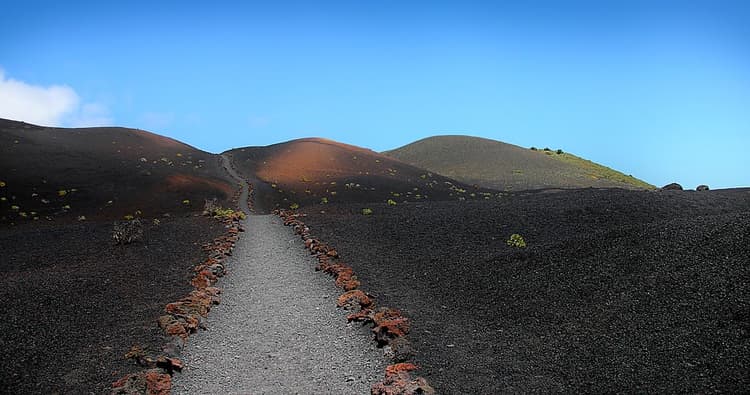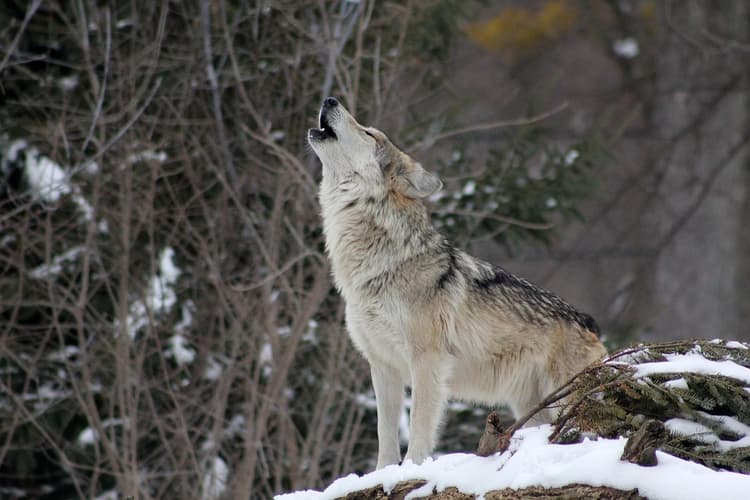Ecological Succession
Liam Thomas
7 min read
Listen to this study note
Study Guide Overview
This study guide covers ecological succession, including primary and secondary succession, climax communities, keystone species, and indicator species. It explains the processes involved in each type of succession, the importance of keystone and indicator species, and provides practice questions and exam tips for the AP Environmental Science exam.
#AP Environmental Science: Ecological Succession - Your Ultimate Study Guide
Hey there, future AP Environmental Science ace! Let's break down ecological succession and make sure you're totally prepped for the exam. Think of this as your late-night study buddy, here to make everything click. Let's get started!
#
Ecological Succession: The Big Picture
#What is Succession?
Ecological succession is simply how ecosystems change over time. It's like nature's way of redecorating! 🏡
-
Climax Community: This is the final, stable stage of succession. It's when the ecosystem has reached a balance and isn't changing much (unless conditions change). Think of it as the ecosystem's 'happy place'.
- It's not always a forest! A desert can also be a climax community if it's stable.
-
Change is the only constant: If the environment changes (like more rain in a desert or a drought in a rainforest), the climax community will shift and succession starts again.
Succession is a dynamic process, not a static endpoint. It's all about change and adaptation.🔄
Think of succession like a plant growing from a seed to a tree. It's a journey with stages, not just one single step. 🌱➡️🌳
#
Primary Succession: Starting from Scratch
#When Life Begins Anew
Primary succession happens when there's no soil, like after a volcanic eruption or on bare rock. It's like starting an ecosystem from absolute zero. 🌋

Image courtesy of Pixabay
-
Pioneer Species: These are the first organisms to move in, like lichens. They're tough and can break down rock to make soil. Think of them as the ecosystem's construction crew. 👷♀️
- Lichens use weathering and erosion to create soil.
- It takes a long time (hundreds or thousands of years) for soil to form.
-
The Process:
- Rock is broken down by pioneer species.
- Soil forms as organisms die and decompose.
- Grasses and other plants take root.
- Shrubs and trees start to compete for resources.
- Hardwood trees win, forming a forest (the climax community).
Primary succession is a slow and steady process, like watching a plant grow from a tiny seed. It's all about building up from nothing. 🐌
#Secondary Succession: A Quicker Rebound
#When Nature Gets a Second Chance
Secondary succession happens when there's already soil, like after a fire or flood. It's like hitting the reset button, but with a head start. 🔥
- Soil is present: The key difference from primary succession. This makes the process much faster.
- Pioneer Species: Grasses and weeds like dandelions are the first to arrive. They're the quick responders. 🏃
- The Process: Similar to primary succession, but faster, eventually leading to a climax community.
Don't confuse primary and secondary succession! Primary starts with bare rock, secondary starts with soil. It's all about the soil! 🪨 vs. 흙
#Fauna: The Animal Side of Succession
#It's Not Just About Plants
Succession isn't just about plants (flora); animals (fauna) also change as the ecosystem evolves. Think about how different animals live in different environments. 🐻
- Changing Habitats: As plant life changes, so does animal life.
- Buffalo thrive in grasslands, but wouldn't do well in a redwood forest.
Remember that succession affects both plants and animals. Don't forget the fauna! 🐾
#
Keystone Species: The Unsung Heroes
#The Linchpins of the Ecosystem
A keystone species is super important to its ecosystem. If it's removed, the whole system can change dramatically. It's like the key to a lock. 🔑

Image courtesy of Pixabay
-
Disproportionate Impact: They have a big impact despite their low population numbers.
-
Example: The wolves of Yellowstone. Their reintroduction changed the park's rivers and plant life. 🏞️
-
Vulnerable: Keystone species are often undervalued and prone to extinction due to their low numbers.
Keystone species are vital for ecosystem health. Their removal can cause major disruptions. ⚠️
#Indicator Species: The Ecosystem's Checkup
#The Health Barometer
An indicator species reflects the health of its ecosystem. If it's struggling, it's a sign that something's wrong. Think of them as the ecosystem's canary in a coal mine. 🐦
- Early Warning: They show problems early on.
- Example: Amphibians like frogs live both on land and in water, so their health reflects the health of both environments.
Think of indicator species as the 'check engine light' of an ecosystem. If they're not doing well, it's time to investigate. ⚠️
#Final Exam Focus
#Key Topics to Master
- Primary vs. Secondary Succession: Know the difference and the processes involved.
- Climax Communities: Understand what they are and how they form.
- Keystone Species: Know their importance and examples.
- Indicator Species: Understand how they reflect ecosystem health.
#Exam Tips
- Time Management: Don't spend too long on any one question. Move on and come back if you have time.
- Read Carefully: Pay attention to the details in the questions.
- Connect Concepts: AP questions often combine multiple units, so look for connections.
- Practice: The more you practice, the more confident you'll feel. 💪
Focus on understanding the processes of succession rather than just memorizing facts. Apply your knowledge to different scenarios. 🤔
#Practice Questions
Practice Question
#Multiple Choice Questions
-
Which of the following best describes primary succession? (A) The regrowth of a forest after a fire (B) The colonization of bare rock by lichens (C) The change in a lake ecosystem due to pollution (D) The shift in species composition in a grassland
-
A keystone species is best described as: (A) A species that is the most abundant in an ecosystem (B) A species that is at the top of the food chain (C) A species that has a disproportionately large impact on its ecosystem (D) A species that is an indicator of environmental health
-
Which of the following is an example of an indicator species? (A) A wolf in Yellowstone National Park (B) A lichen on a bare rock (C) A frog in a wetland (D) A dandelion in a field
#Free Response Question
Scenario: A large area of forest is cleared for agriculture. After several years, the land is abandoned. Describe the process of ecological succession that would occur in this area, including the types of species that would be present at different stages. Explain how the concept of a keystone species could influence the succession process. Finally, discuss how an indicator species could be used to monitor the health of the recovering ecosystem.
Scoring Breakdown:
-
Succession Process (3 points):
- 1 point for identifying this as secondary succession (because soil is present).
- 1 point for describing the early stages (e.g., grasses, weeds).
- 1 point for describing the later stages (e.g., shrubs, trees, climax community).
-
Keystone Species (2 points):
- 1 point for defining a keystone species.
- 1 point for explaining how a keystone species (e.g., a pollinator) could influence the succession process by altering the plant community.
-
Indicator Species (2 points):
- 1 point for defining an indicator species.
- 1 point for explaining how an indicator species (e.g., a bird sensitive to forest fragmentation) could be used to monitor the health of the recovering ecosystem.
Alright, you've got this! You're now equipped with the knowledge and strategies to tackle ecological succession on the AP exam. Go get 'em! 🚀
Continue your learning journey

How are we doing?
Give us your feedback and let us know how we can improve





